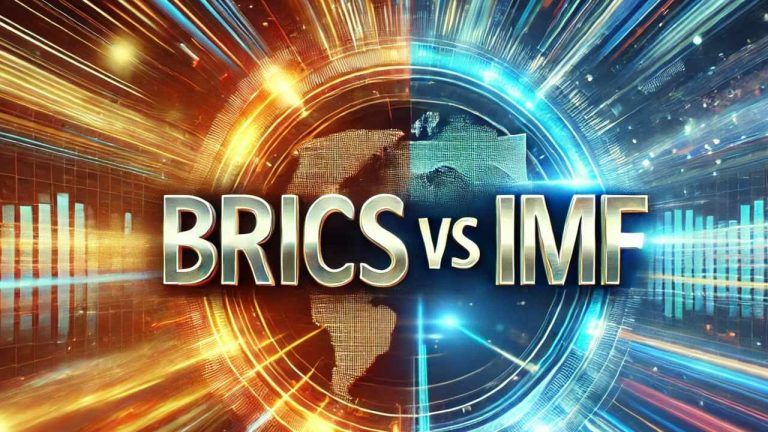Blockchain Technology has transformed cross-border payments by addressing many of the inefficiencies and limitations of traditional systems. Here are the top ways it is doing so:
1. Faster Transactions
Traditional cross-border payments can take days to settle, especially when involving multiple intermediary banks. Blockchain enables near-instantaneous transactions by removing intermediaries and utilizing decentralized ledger technology. This allows funds to be transferred directly from one party to another in real-time.
2. Lower Transaction Costs
Cross-border payments typically involve high fees due to currency exchange rates, bank fees, and third-party intermediaries. Blockchain reduces costs by eliminating intermediaries and enabling peer-to-peer transfers. Cryptocurrencies or stablecoins can also be used to avoid expensive currency conversion rates.
3. Transparency and Security
Blockchain offers enhanced transparency, as each transaction is recorded on a public ledger that is immutable. This ensures that cross-border transactions are auditable and cannot be altered after they have been confirmed. The decentralized nature of blockchain also makes it highly secure, reducing the risk of fraud.
4. Financial Inclusion
In many developing countries, access to traditional banking services is limited. Blockchain allows for cross-border payments without the need for a traditional bank account, opening up opportunities for people who are unbanked or underbanked to participate in the global economy.
5. Elimination of Intermediaries
In traditional payment systems, multiple banks, clearinghouses, and other entities are involved in processing a cross-border transaction, which leads to delays and added costs. Blockchain enables direct transactions between parties, bypassing the need for intermediaries and streamlining the payment process.
6. Programmable Money and Smart Contracts
Blockchain can integrate with smart contracts — self-executing contracts with the terms of the agreement directly written into code. This allows for automated payments once certain conditions are met, reducing disputes and ensuring more efficient and reliable transactions in cross-border trade.
7. Enhanced Transparency for Compliance
Cross-border payments often face stringent regulatory and compliance requirements, such as anti-money laundering (AML) and know-your-customer (KYC) procedures. Blockchain can help enhance compliance by providing a transparent and immutable record of all transactions, making it easier for regulators to monitor and enforce regulations.
Blockchain has revolutionized cross-border payments by making them faster, cheaper, more secure, and more inclusive, driving greater efficiency in global trade and finance.
BLOCKCHAIN IS REVOLUTIONIZING CROSS-BORDER PAYMENTS was originally published in The Capital on Medium, where people are continuing the conversation by highlighting and responding to this story.

 3 hours ago
15
3 hours ago
15






 English (US) ·
English (US) ·